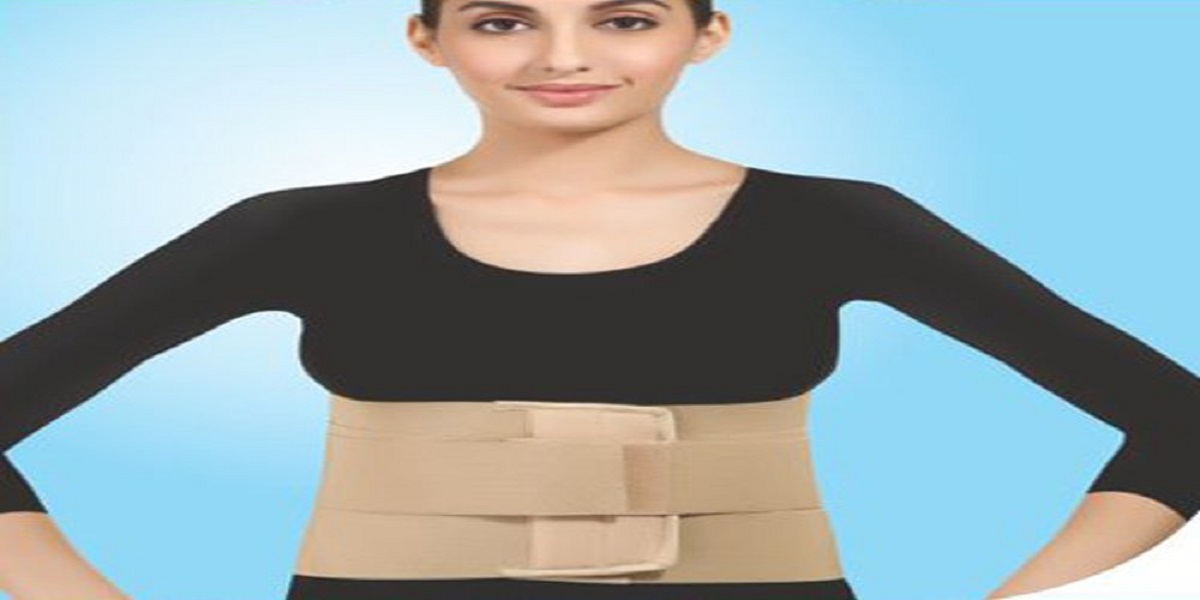
How to Use and Wear a Lumbar Sacro Belt?
The lower back support can be a good element of a proper treatment plan for certain spinal conditions and can give support for the spine as it heals following back surgery. Also called a lumbosacral orthosis, back support may be prescribed by a physician or purchased over the counter. Nonprescription belts are available without a doctor’s recommendation, and it is important to wear these devices according to their given instructions to prevent further injury. A Lumbar Sacro belt prescription usually has some goals: decrease muscle tension and low back pain, help improve posture to redistribute weight in the spine, give a healthy healing environment, and increase function during activities. These purposes are achieved by the basic mechanisms of the back bracing.
Mechanisms of pain relief differ somewhat by brace design, but in general, it is able to give additional spinal support. It can add stability when the low back is unstable due to weakened spinal structures. Holding the torso in a supportive posture can help provide a healthy healing environment for the current injury, decreasing pressure on the spinal structures. It can help unload some of the weight normally placed on the lower back, in the process highly decreasing pressure on the spine’s joints.
By falling spinal pressure, the brace may lessen painful muscle tension which is a common protective reaction and highly decreases the range of motion. It can also be used to prevent or restrict painful movements, such as twisting the spine or bending. Limiting postures can also help improve awareness of the body’s positioning, which helps the wearer to consciously adjust posture.
WHAT IS A LUMBAR SACRO BELT? WHO MAY USE IT?
These belts are back braces that help treat pain in the lumbar spine and sacrum. There are spinal braces for every region of the spine. Lumbosacral braces are designed to provide pressure on your abdominals, thereby decreasing weight and stress on the lower back. It provides lumbar spine stabilization, so it provides an optimal healing environment for a number of conditions including low back muscle strain. It is made of sturdy cotton. These belts are wrapped around the waist and can be easily adjusted using laces. These are available in a variety of sizes to give the right amount of support for different conditions.
These belts may also help the following conditions: post-operative healing, osteoarthritis, spondylitis, muscle strains, herniated discs, and vertebral compression fractures. One needs to consider the following when purchasing this belt: Material: This is important for comfort as patients may be wearing it for long periods of time; Breathable and lightweight materials may also highly decrease the risk of skin irritation or lesions; Flexibility: Some belts are soft and flexible, while others are rigid and constrict movement. Some belts may offer extra features that may be useful for some patients, such as pockets for storage and increased support. However, these additional features may make the product highly expensive.
PROS AND CONS OF THIS SUPPORT BELT
The pros of using these belts include: providing back support; People who wear these belts claim that during periods of lower back pain, it provides extra support when switching between lying down, sitting, and standing; Limits Movement. If one has a back injury, too much movement can limit the body's ability to heal. These belts, similar to a neck brace, limit movement and range of motion so that body has a chance to heal effectively. It also reduces pain. Some braces have heating elements, and some have massaging capabilities. Both heat and massaging braces can help to relieve back pain. It also improves posture. Users have reported that when wearing these belts they can more easily maintain a better posture with a straighter back.
The cons of using these belts include: the research is inconclusive. Research has not conclusively shown that these are helpful in dealing with existing back pain or in preventing future injuries; Skin irritation. If the belt isn't fitting properly it can cause lesions, skin irritation, and rashes where they rub on the skin; a False Sense of Safety. While braces can improve posture and decrease pain, they don't eliminate the possibility of future injuries.
CONCLUSION
Thus, while it is generally clear that Lumbar Sacro Belt can help in providing pain relief, the medical literature suggests more research is needed to address questions about back it, such as the medical indications for using it, cases in which these braces are most effective and any negative side effects caused by it. Additionally, some physicians suggest it may cause core muscles to atrophy due to a very dependence, potentially making the back more susceptible to injuries. However, studies have found no significant decrease in core muscle strength. The general consensus is that when a belt is worn according to a doctor’s instruction, atrophy is unlikely to become a problem. It is essential to recognize that the belt is never a permanent part of a treatment plan. It is typically prescribed to be worn for a certain number of hours each day.
Leave a Comment
© Copyright © 2024 gwsmed.com | GWS Surgicals LLP. All rights reserved.
| |




Comment (0)
No Comments Yet. Be the first one.